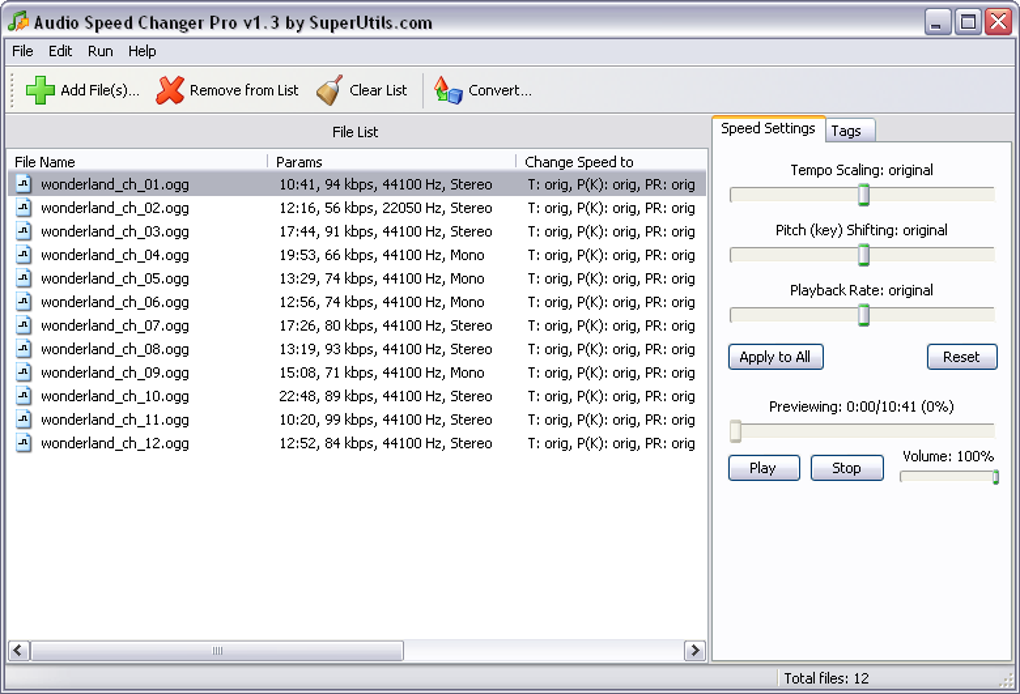


Recent improvements allow better quality results at all compression/expansion ratios but a residual smearing effect still remains. The phase vocoder handles sinusoid components well, but early implementations introduced considerable smearing on transient ("beat") waveforms at all non-integer compression/expansion rates, which renders the results phasey and diffuse. perform an inverse STFT by taking the inverse Fourier transform on each chunk and adding the resulting waveform chunks, also called overlap and add (OLA).apply some processing to the Fourier transform magnitudes and phases (like resampling the FFT blocks) and.compute the instantaneous frequency/amplitude relationship of the signal using the STFT, which is the discrete Fourier transform of a short, overlapping and smoothly windowed block of samples.One way of stretching the length of a signal without affecting the pitch is to build a phase vocoder after Flanagan, Golden, and Portnoff. A drum track containing no pitched instruments can be moderately sample-rate converted to adjust tempo without adverse effects, but a pitched track cannot.įrequency domain Phase vocoder Thus the two effects cannot be separated when using this method. Slowing down the recording to increase duration also lowers the pitch, speeding it up for a shorter duration also raises the pitch creating the Chipmunk effect. Unfortunately, the frequencies in the recording are always scaled at the same ratio as the speed, transposing its perceived pitch up or down in the process. For a digital audio recording, this can be accomplished through sample rate conversion. Facebook might not be the best iPhone app for sharing short-form video right now, but that isn't going to stop Mark Zuckerberg's outfit from continuing to try and change that.The simplest way to change the duration or pitch of an audio recording is to change the playback speed. Those looking to get into using Reels can learn more about the changes over on the Facebook Newsroom post. You can also tap Reels at the top of News Feed or within a group's feed. Simply create a reel from the top of Feed or while you're watching a reel and either select video clips from your camera roll or capture something new. People will be able to make use of an AR effect component when creating their Reels, while options to speed up and slow down video will also give creatives the tools they need to come up with something unique.Īnyone can create a reel on Facebook and become a creator on the global stage or just share them with friends and family. The Reels Play bonus pays eligible creators based on the performance of their reels, and will be available on both Facebook and Instagram. Notably, Facebook is also giving creators a way to make money from their Facebook Reels in the same way they already do on Instagram.Īs part of our commitment to invest over $1 billion in creators through 2022, we're also offering a new bonus program to help creators earn money when people view their reels. A press release notes that Reels will only be available in the United States, with the aim being to bring "short form, entertaining video experiences and tools that have inspired creators on Instagram to more creators and audiences on the Facebook app."įacebook says that Reels will consist of music, audio, and effects and that they'll be found in the News Feed and Groups.

Facebook today announced that it is bringing Reels to its main iPhone app, borrowing the feature from Instagram.


 0 kommentar(er)
0 kommentar(er)
